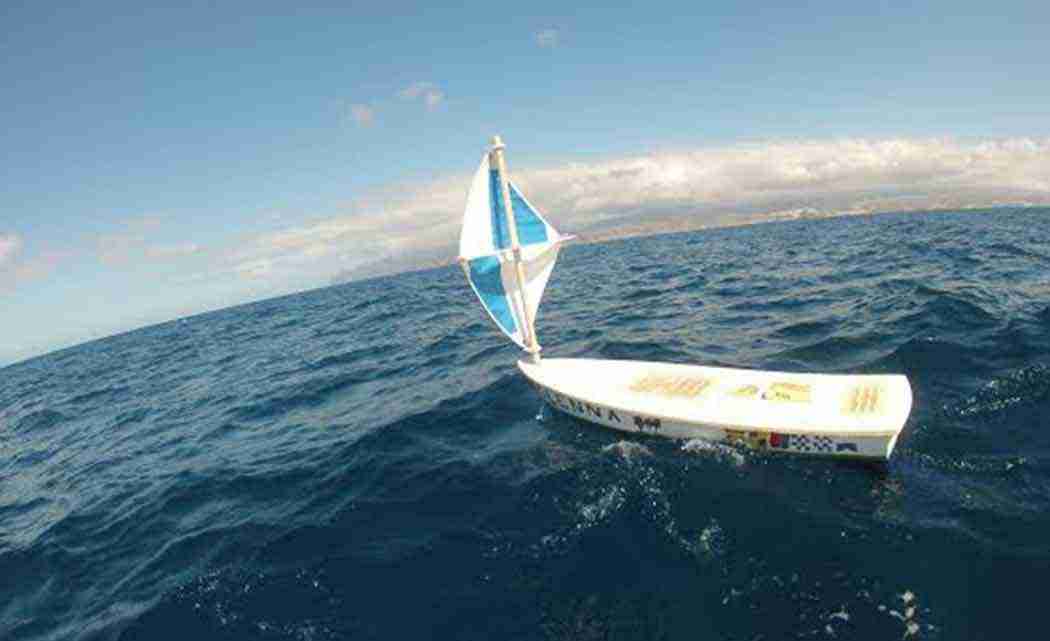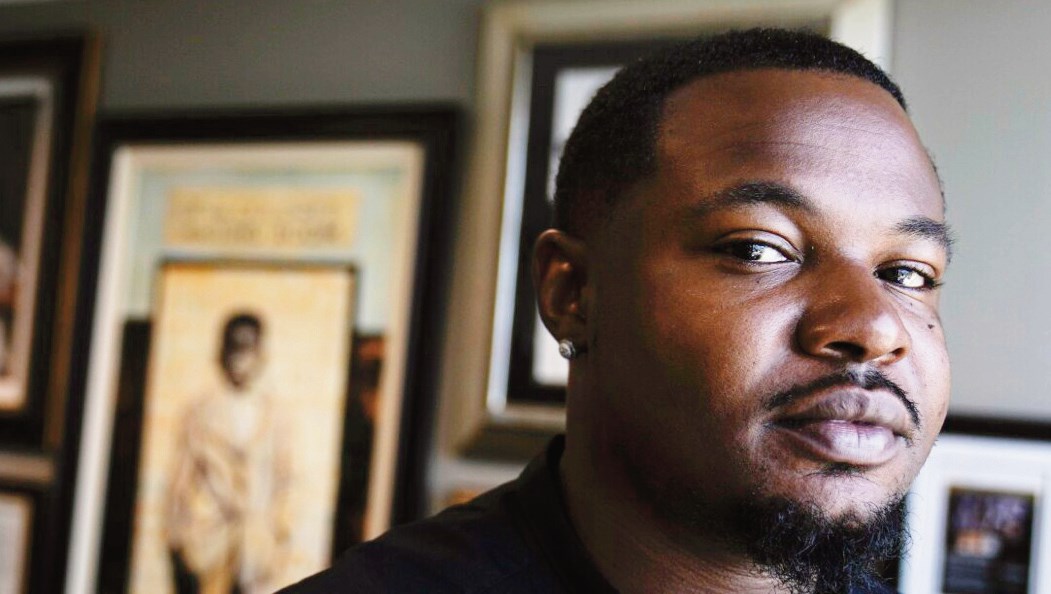By MATTHEW ALBRIGHT
The News Journal of Wilmington
FELTON, Del. (AP) _ It was a chilly, rainy day in Ireland on Tuesday when Sean Creaven and his dog, Daisy, found a little white boat washed up on the shores of Strandhill Beach in County Sligo.
The sail had been damaged, but the 4-foot wooden craft was otherwise in good shape. Its American and Delaware flags were still visible, as was its proud insignia: The Mighty Spartan.
Inside the waterproof compartment, Creaven found the cargo safe and dry: a T-shirt, thumb drive, and a letter from fourth- and fifth-graders at Lake Forest Central Elementary School in Felton, Delaware – about 2,500 miles away.
When an email from Creaven landed in teacher Pamela Hobbs’ inbox, word spread fast.
“I was in my planning period, so I didn’t have students, but the news leaked pretty quickly,” she said. “All the students were so excited. They were saying `Somebody found it! Somebody found it!’ “
The students had been tracking and cheering for The Mighty Spartan since it launched in November, thanks to an onboard global-positioning unit.
The boat was built by Educational Passages, a Maine company. After students chose what to name the boat, how to decorate it and what goodies to put in the compartment, the school talked the crew of a freighter bound for Bermuda into dropping the craft in the Atlantic Ocean.
Three and a half months may seem like a long time for a small wooden boat to drift through the crashing waves of the Atlantic Ocean, but Hobbs says The Mighty Spartan actually made the shortest journey so far for Educational Passages craft.
Several similar boats that have been launched recently have “gone dark,” meaning their GPS units conked out or the boats were lost to waves or passing ships. Other craft have meandered in loops for well more than a year.
There are lots of complicated factors that determine how fast a boat might make it “across the pond,” said James Manning, a scientist with the National Oceanic and Atmospheric Administration who has worked with Educational Passages teams.
“In this case, this was very fast,” Manning said. “It looks like the sail was able to stay intact and it caught a pretty good wind, and it also looks like it pretty quickly caught the most powerful current in the world, the Gulf Stream.”
Manning says the boat could have easily hit four or five knots when the conditions were right. The school has used the boat for a number of education activities.
In Hobbs’ science, technology, engineering and math class, students learned how boats work and what design features are necessary to make them float and sail. They then built small-scale and larger-model boats in an exercise that culminated with a race on a nearby retention pond.
The GPS unit reported the boat’s position at 8 a.m. and 8 p.m. every day. Using a map of longitude and latitude, each of the 600 students at the school charted the boat’s path.
The teachers then helped the students find data on wind and currents and make predictions for where the boat was going to go. At one point, it looked like The Mighty Spartan might get caught in currents that would drag it up to Greenland or the Arctic Ocean, but it soon became obvious that it would land somewhere on the Irish coast.
“We were a little worried, because Ireland has a lot of rocky coasts,” said Bridget Amory, the school’s principal. “We got lucky that it landed on a nice sandy beach.”
The boat’s luck doesn’t end there. It turns out that Creaven, who found the boat, has a 10-year-old son _ the same age as the students in America.
Though school is out in Ireland this week, Creaven has been emailing with Hobbs and plans to bring the boat to school. The Lake Forest teachers envision a collaboration where the Irish students would repair and relaunch the boat and the two schools could track its progress together, communicating via the Internet.
“We’ve already been able to make so many connections to the curriculum, but imagine if we were to establish a relationship like that,” Amory said. “Think about the cultural learning opportunity for these kids, to be talking with and learning with kids in Ireland.”













No Comment